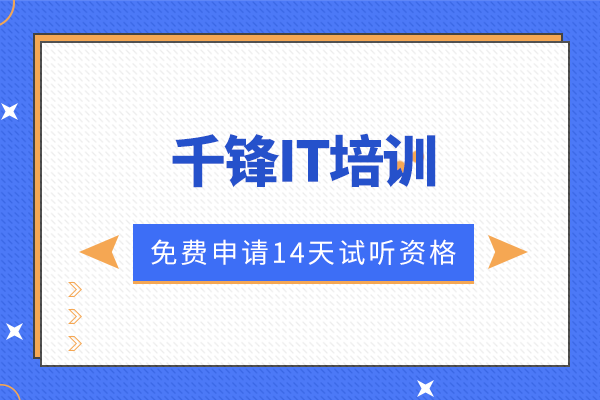《Goland深度解析:掌握代码中的设计模式》

Goland是一款由JetBrains开发的集成开发环境,特别适合Go语言开发者使用。本文将深入探讨Goland中的设计模式,介绍如何在代码中使用这些模式来实现高效、灵活的程序设计。
设计模式是一种经过实践验证的、被广泛认可的、具有很强重用性的编程经验。它提供了一些命名良好和可复用的解决方案,用于常见的问题。学习设计模式不仅可以大大提高代码的可读性、可维护性和可扩展性,还能使程序更加健壮和灵活。
1. 单例模式
单例模式是一种创建型模式,它确保一个类只有一个实例,并提供全局访问点。在Goland中,可以使用sync.Once来实现单例模式。
例如,以下代码实现了一个简单的单例模式:
package singletonimport "sync"type Config struct { ConfigFile string LogLevel string}var ( config *Config once sync.Once)func LoadConfig() *Config { once.Do(func() { config = &Config{ConfigFile: "/etc/app.conf", LogLevel: "info"} // Load config from file or from environment variables }) return config}在代码中,我们定义了一个全局变量config和一个sync.Once实例,然后使用LoadConfig()函数来获取Config实例并确保只有一个Config实例被创建。
2. 工厂模式
工厂模式是一种创建型模式,用于创建不同的对象。它将对象的创建与使用分离开来,使得代码更容易维护和扩展。在Goland中,可以使用interface和结构体实现工厂模式。
例如,以下代码实现了一个简单的工厂模式:
package factorytype Database interface { Connect() error Query(string) (string, error)}type MySQL struct { host string user string password string dbName string port string}func (m *MySQL) Connect() error { // Connect to MySQL database return nil}func (m *MySQL) Query(sql string) (string, error) { // Execute query and return result return "", nil}type PostgreSQL struct { host string user string password string dbName string port string}func (p *PostgreSQL) Connect() error { // Connect to PostgreSQL database return nil}func (p *PostgreSQL) Query(sql string) (string, error) { // Execute query and return result return "", nil}func NewDatabase(driver string) (Database, error) { switch driver { case "mysql": return &MySQL{host: "localhost", user: "root", password: "password", dbName: "test", port: "3306"}, nil case "postgresql": return &PostgreSQL{host: "localhost", user: "root", password: "password", dbName: "test", port: "5432"}, nil default: return nil, fmt.Errorf("unsupported database driver: %s", driver) }}在代码中,我们定义了一个Database接口和两个结构体MySQL和PostgreSQL,它们都实现了Database接口的方法。然后,我们定义了一个NewDatabase()函数,用于根据给定的数据库驱动程序类型创建相应的数据库实例。这样,我们就能够轻松地扩展我们的代码以支持更多的数据库类型。
3. 观察者模式
观察者模式是一种行为型模式,用于在对象之间建立一对多的依赖关系,当一个对象状态发生改变时自动通知其他所有依赖它的对象。在Goland中,可以使用channel和goroutine实现观察者模式。
例如,以下代码实现了一个简单的观察者模式:
package observertype ( Event struct { Data interface{} } Observer interface { OnNotify(Event) } Notifier interface { AddObserver(Observer) RemoveObserver(Observer) Notify(Event) } notifier struct { observers Observer })func (n *notifier) AddObserver(o Observer) { n.observers = append(n.observers, o)}func (n *notifier) RemoveObserver(o Observer) { for i, obs := range n.observers { if obs == o { n.observers = append(n.observers, n.observers...) break } }}func (n *notifier) Notify(e Event) { for _, obs := range n.observers { obs.OnNotify(e) }}func NewNotifier() Notifier { return ¬ifier{}}在代码中,我们定义了一个Event结构体、一个Observer接口和一个Notifier接口。然后,我们创建了一个notifier结构体来实现Notifier接口,并使用AddObserver()、RemoveObserver()和Notify()方法来管理Observer对象和通知它们。这样,我们就能够轻松地实现观察者模式并使用它来构建更加健壮和灵活的程序。
总结
以上介绍了在Goland中的常见设计模式的实现。使用这些设计模式可以使代码更加简洁、易于维护和扩展,也可以提高程序的可读性。需要注意的是,不同的设计模式适用于不同的场景,需要根据具体的情况进行选择和使用。希望本文能够帮助读者更好地掌握代码中的设计模式,提高编程能力和水平。
以上就是IT培训机构千锋教育提供的相关内容,如果您有web前端培训,鸿蒙开发培训,python培训,linux培训,java培训,UI设计培训等需求,欢迎随时联系千锋教育。





















 京公网安备 11010802030320号
京公网安备 11010802030320号